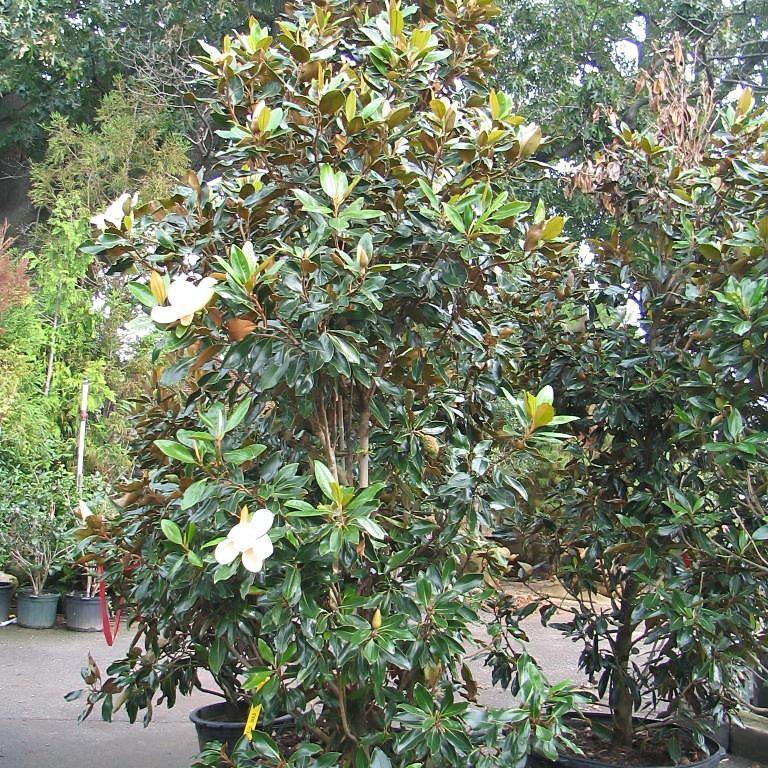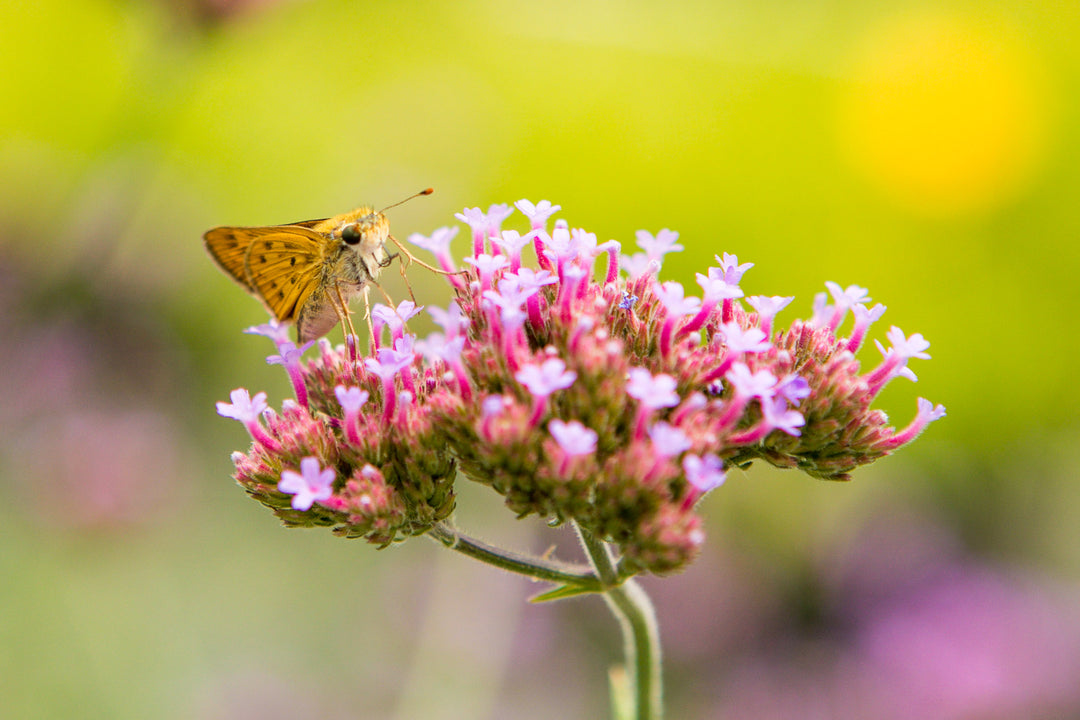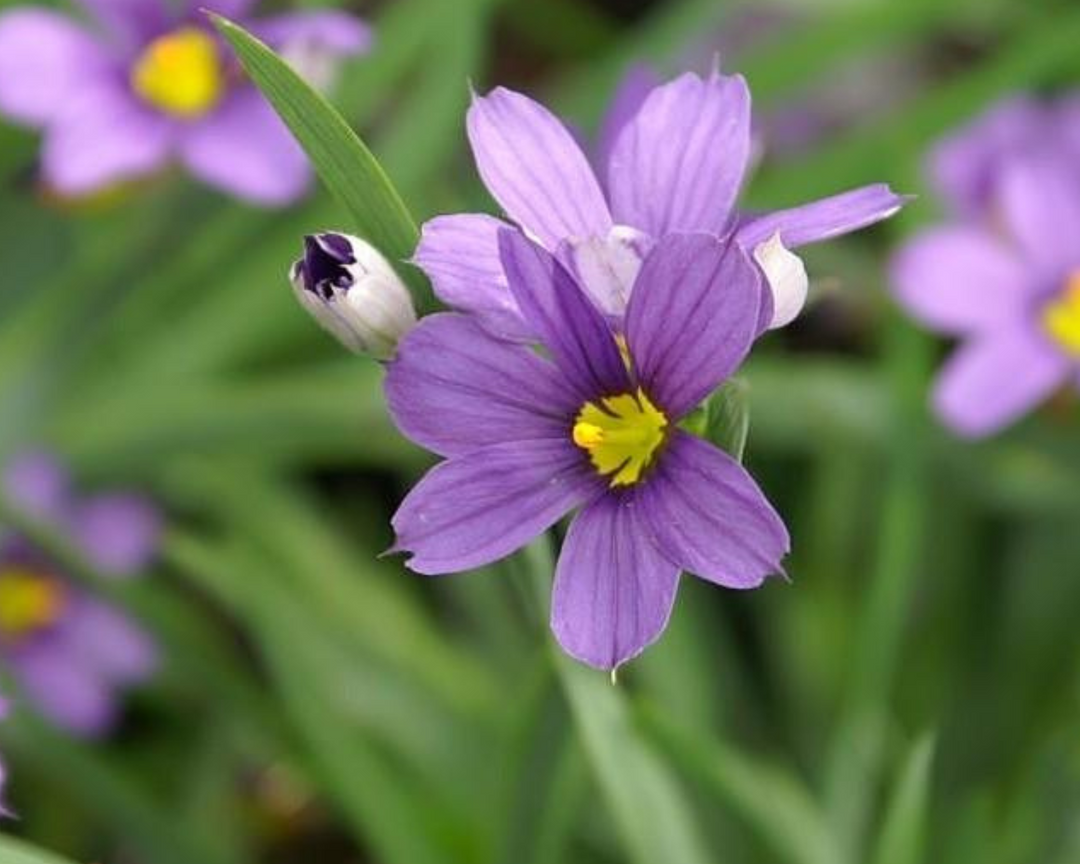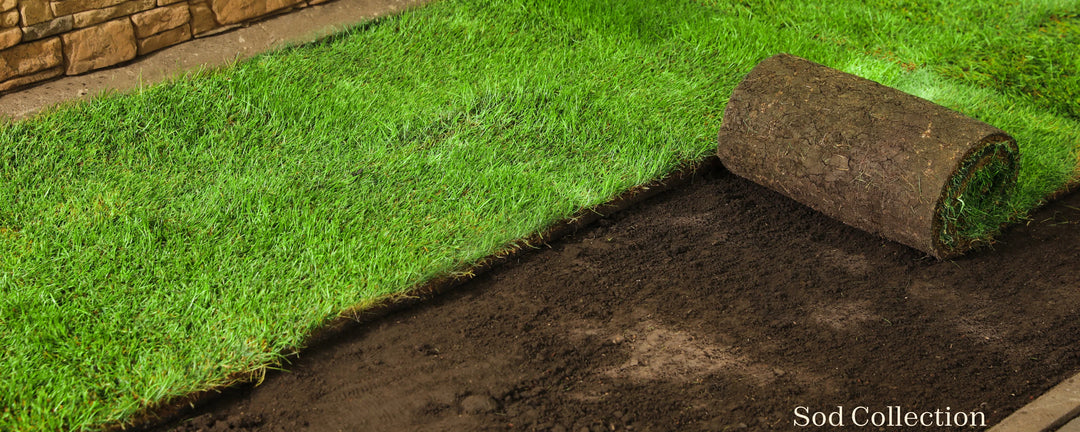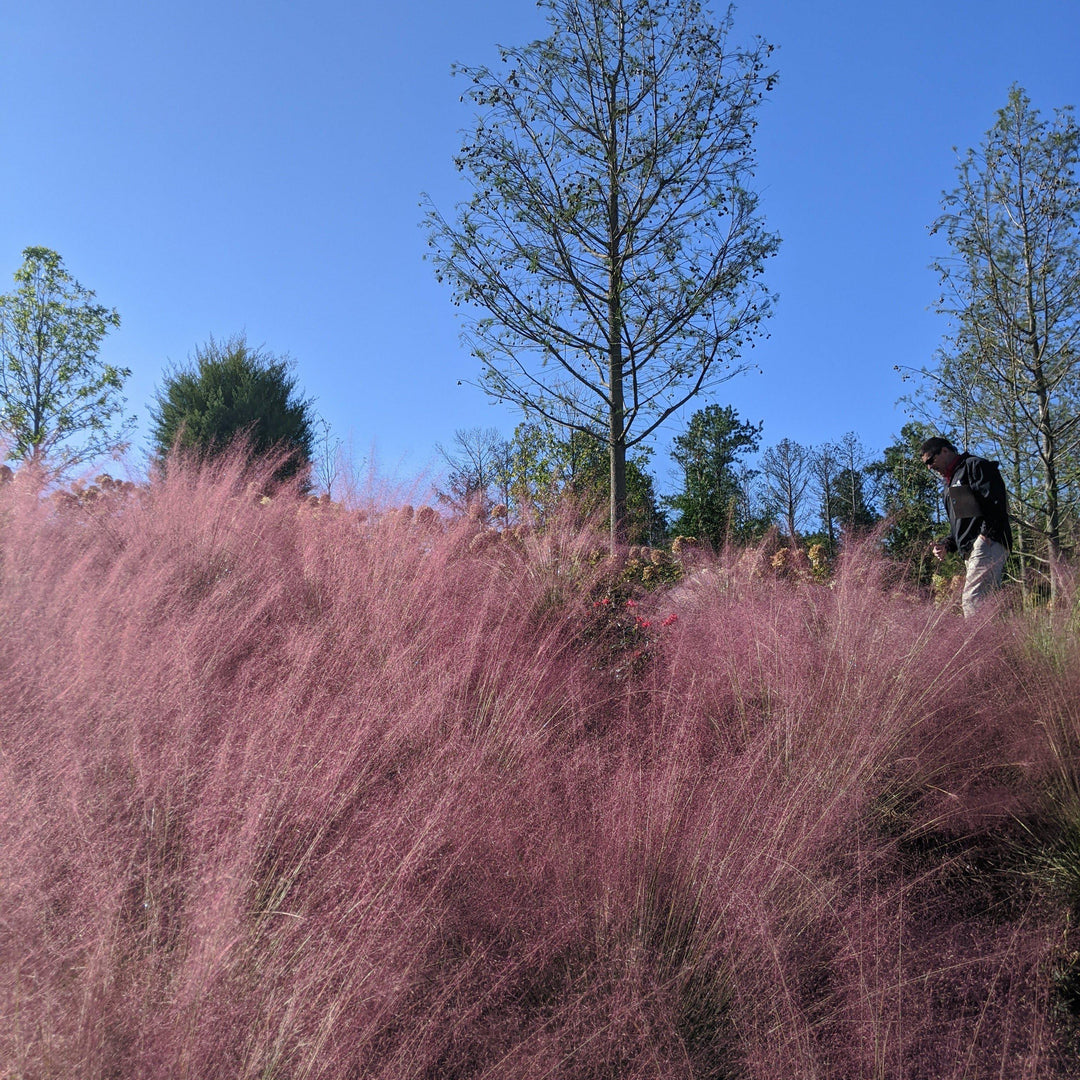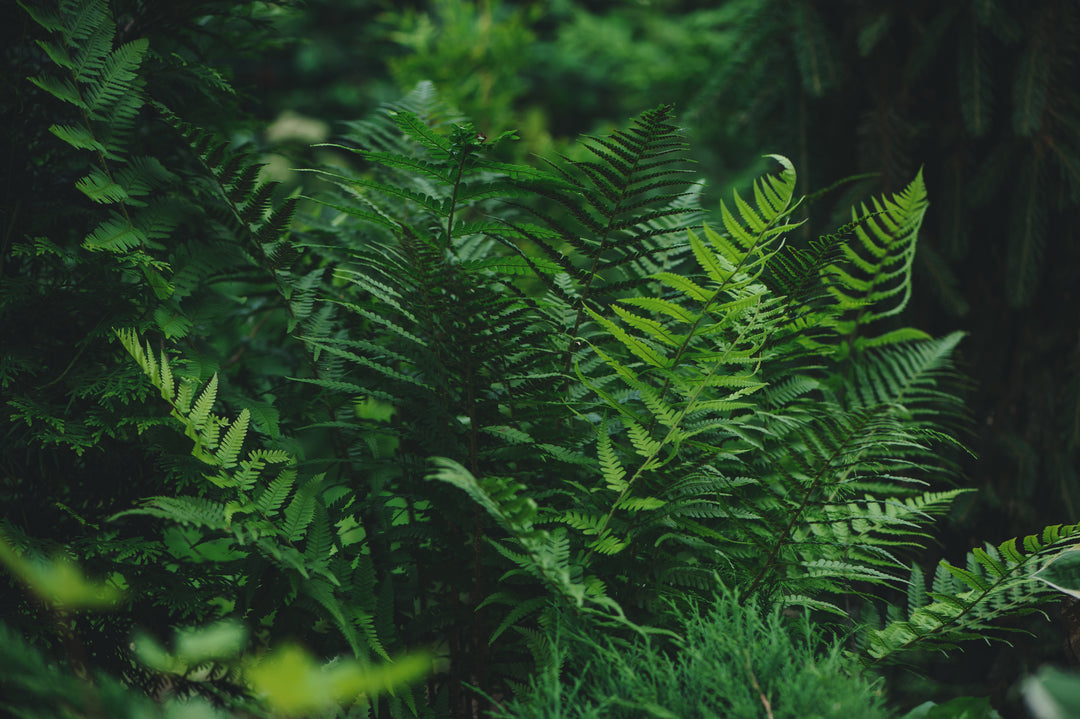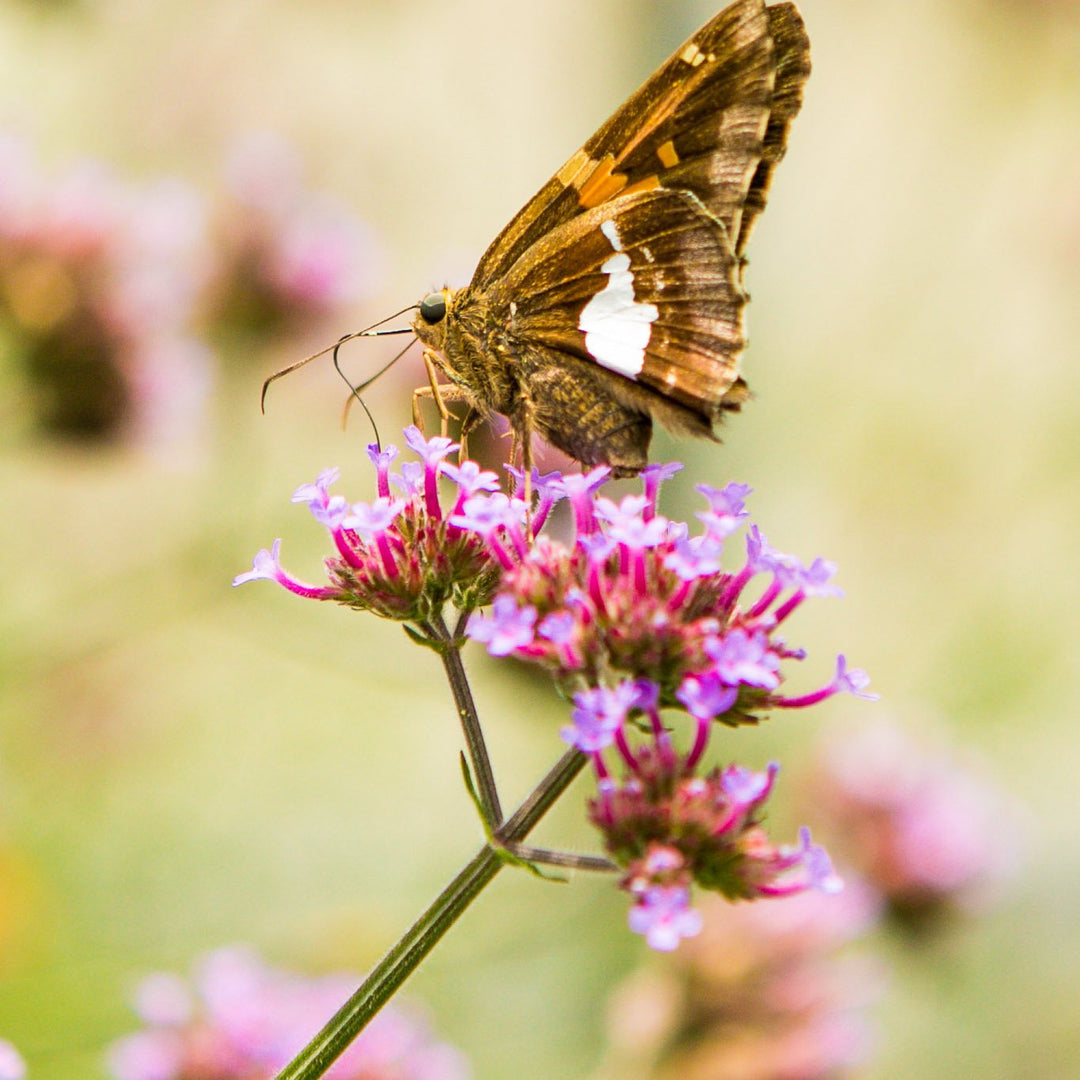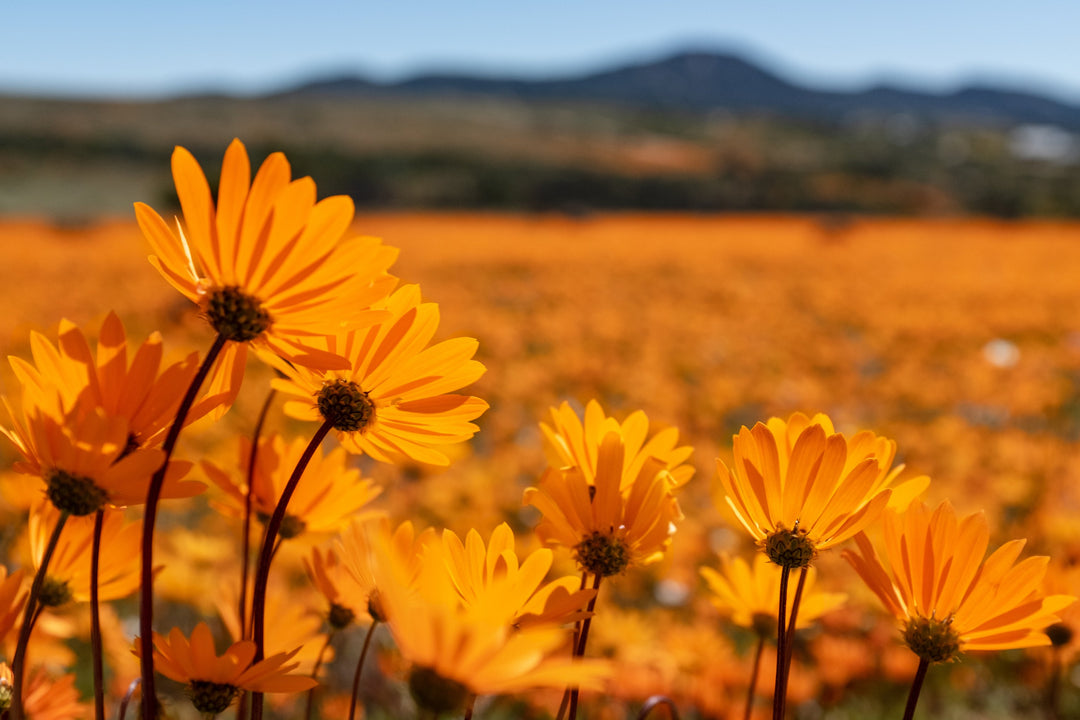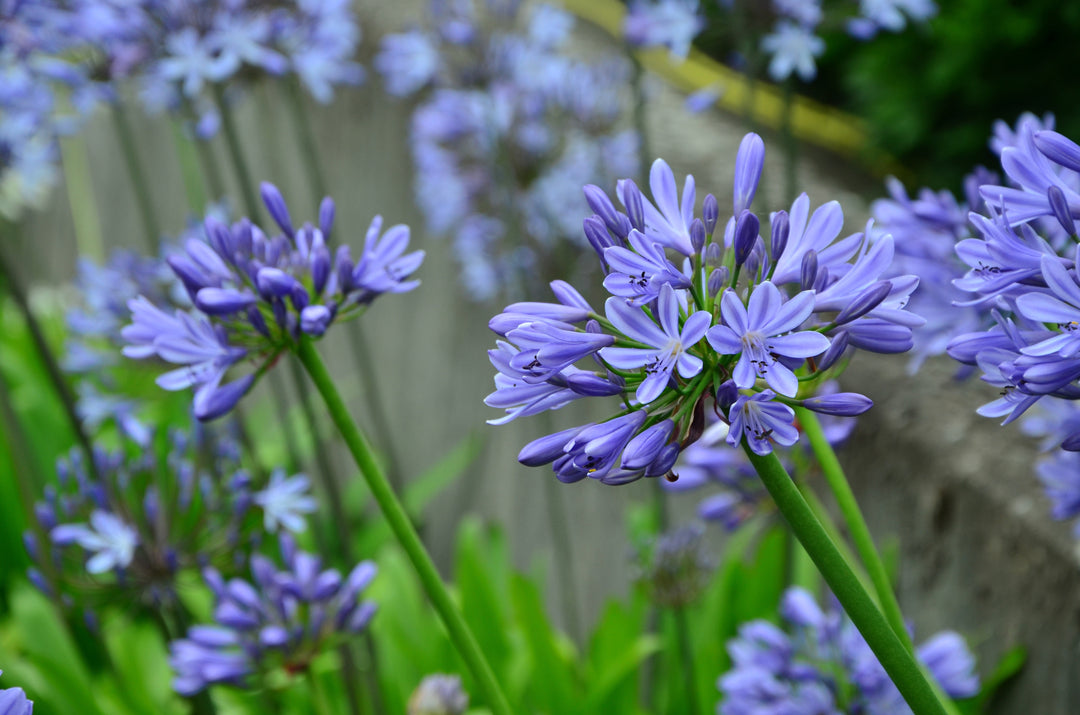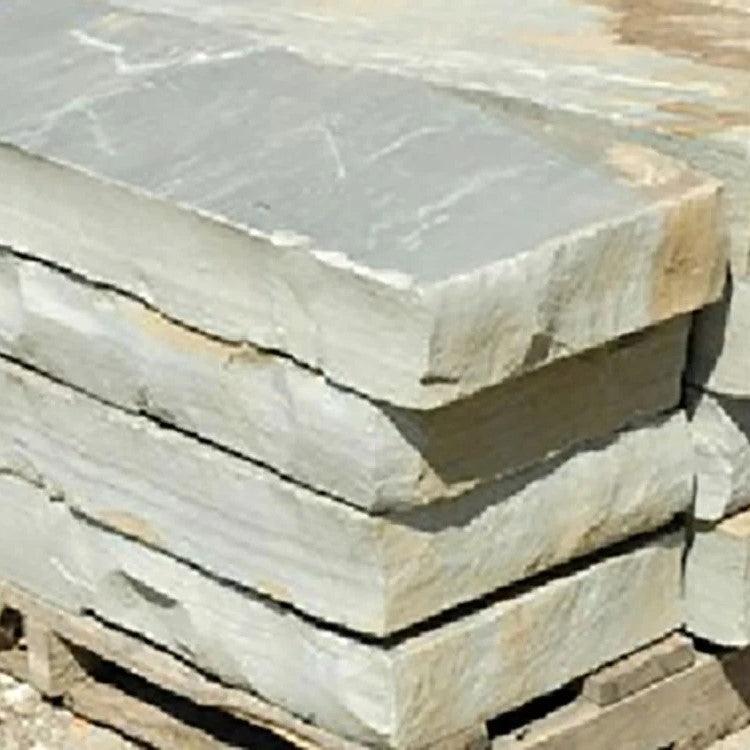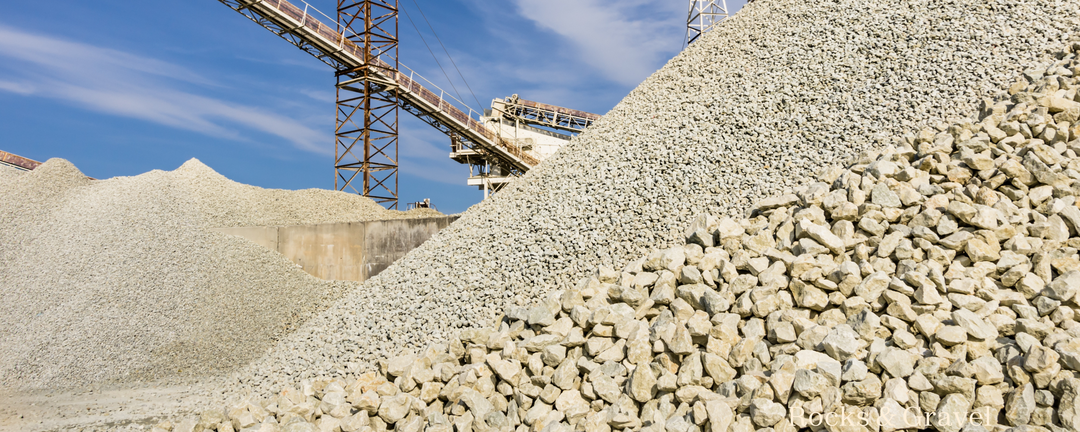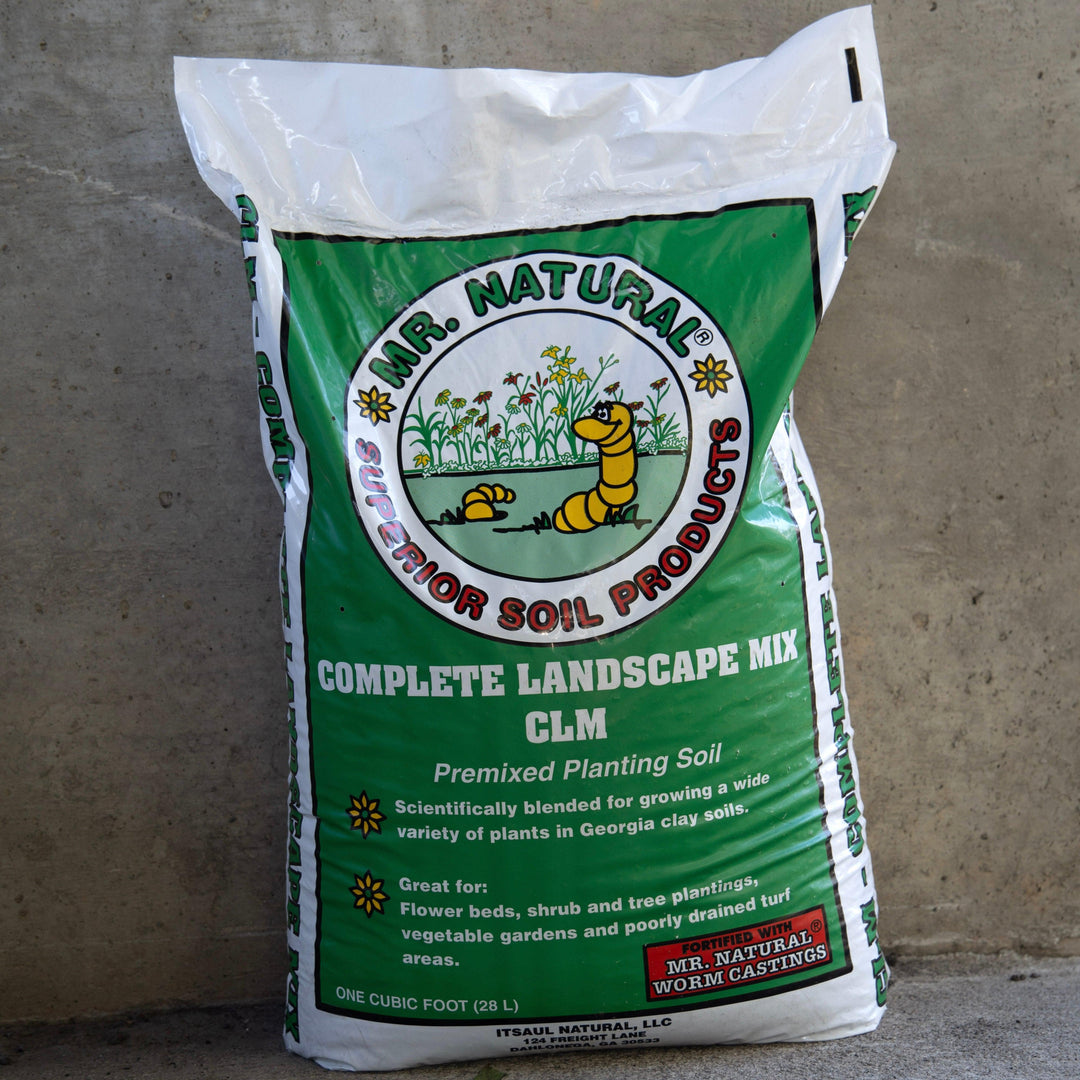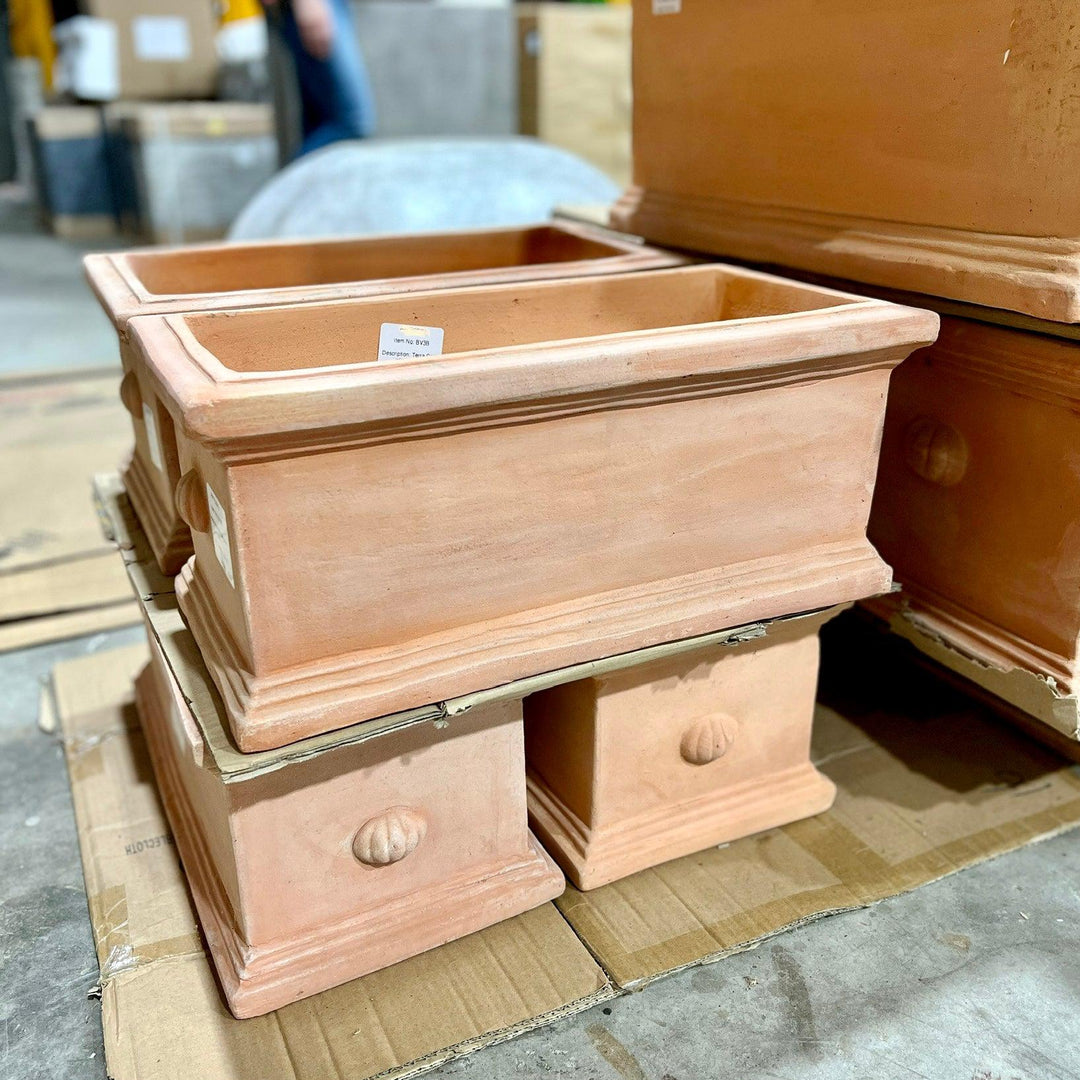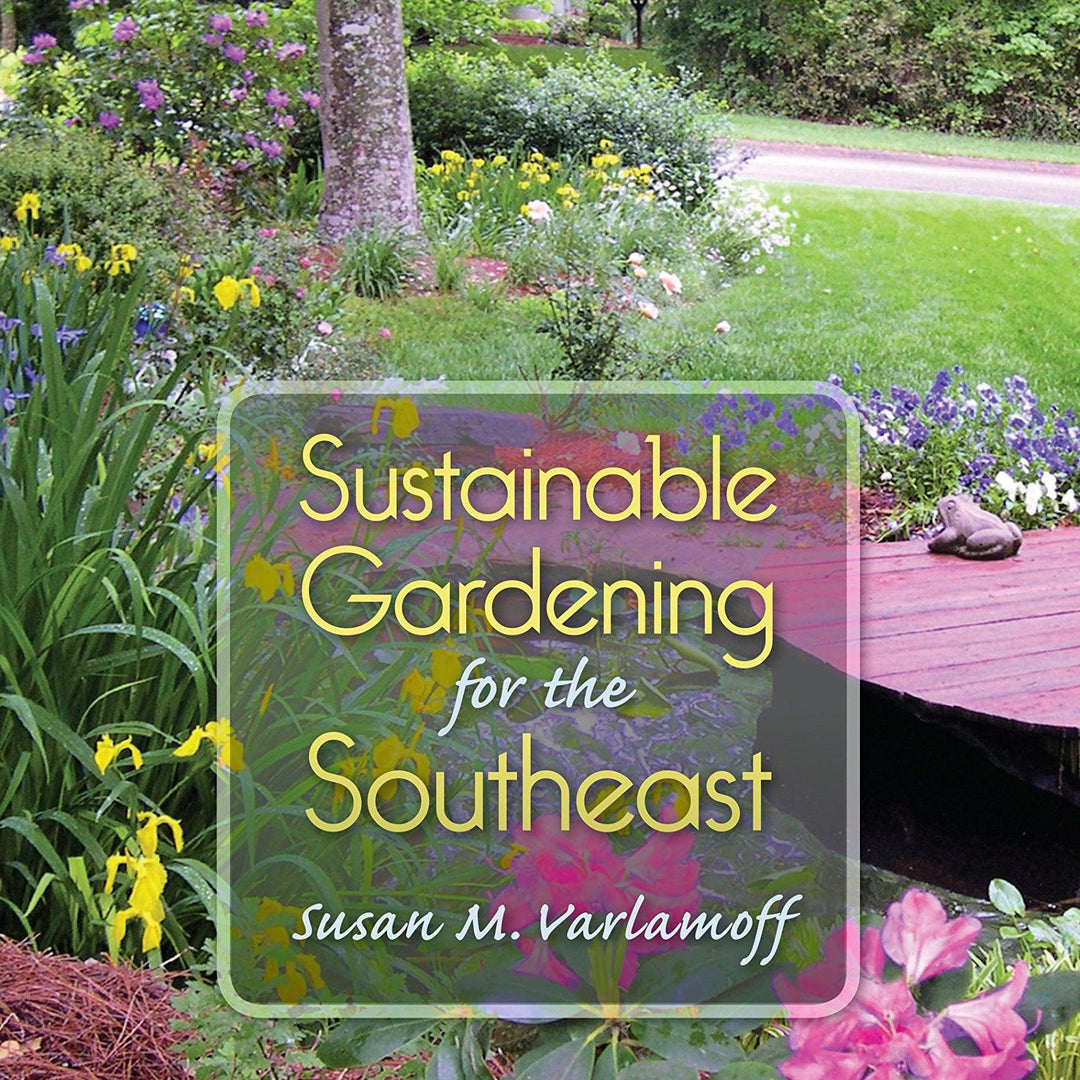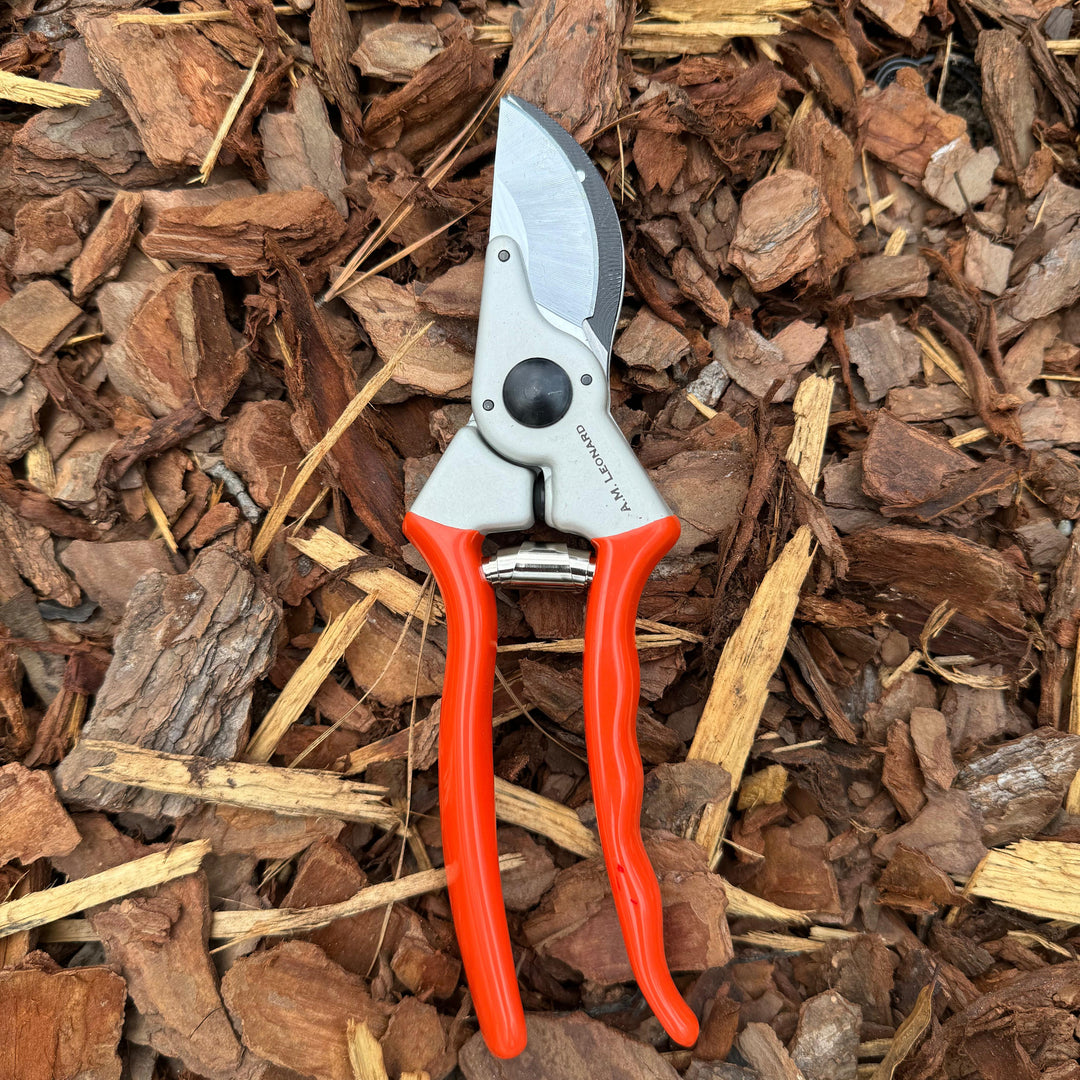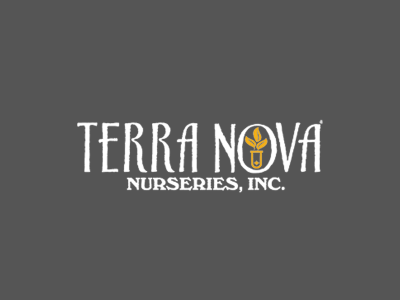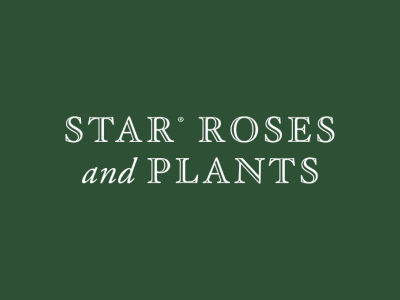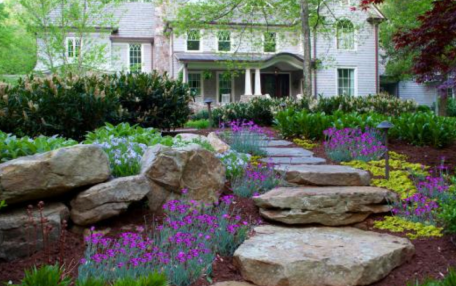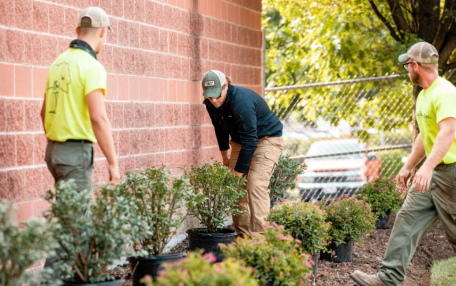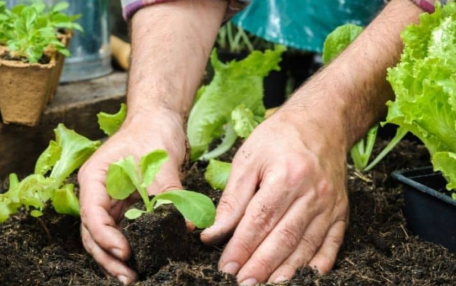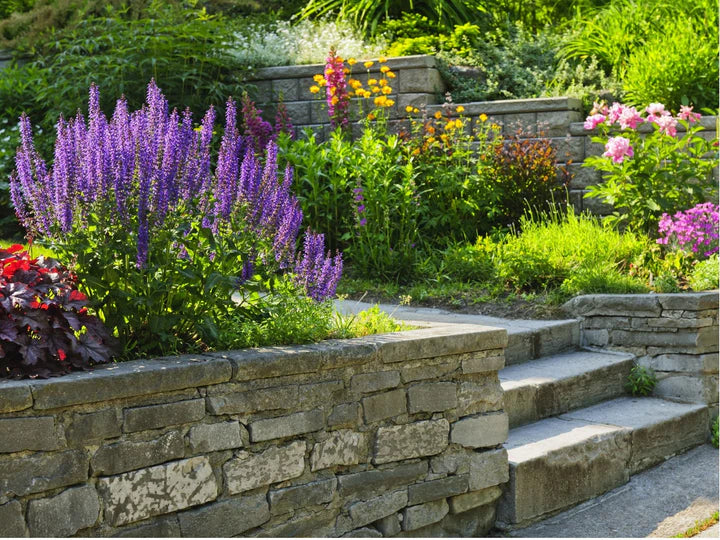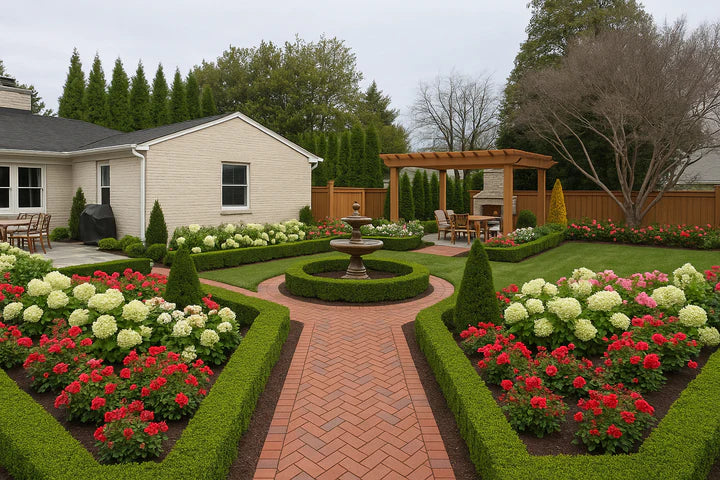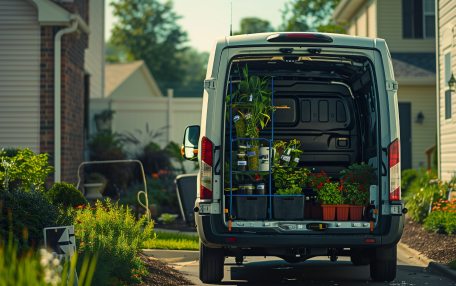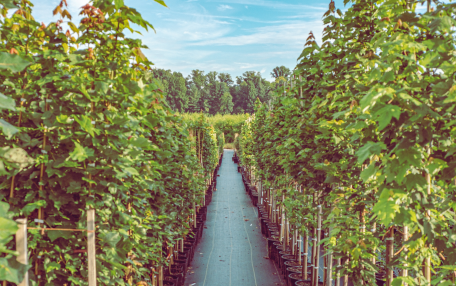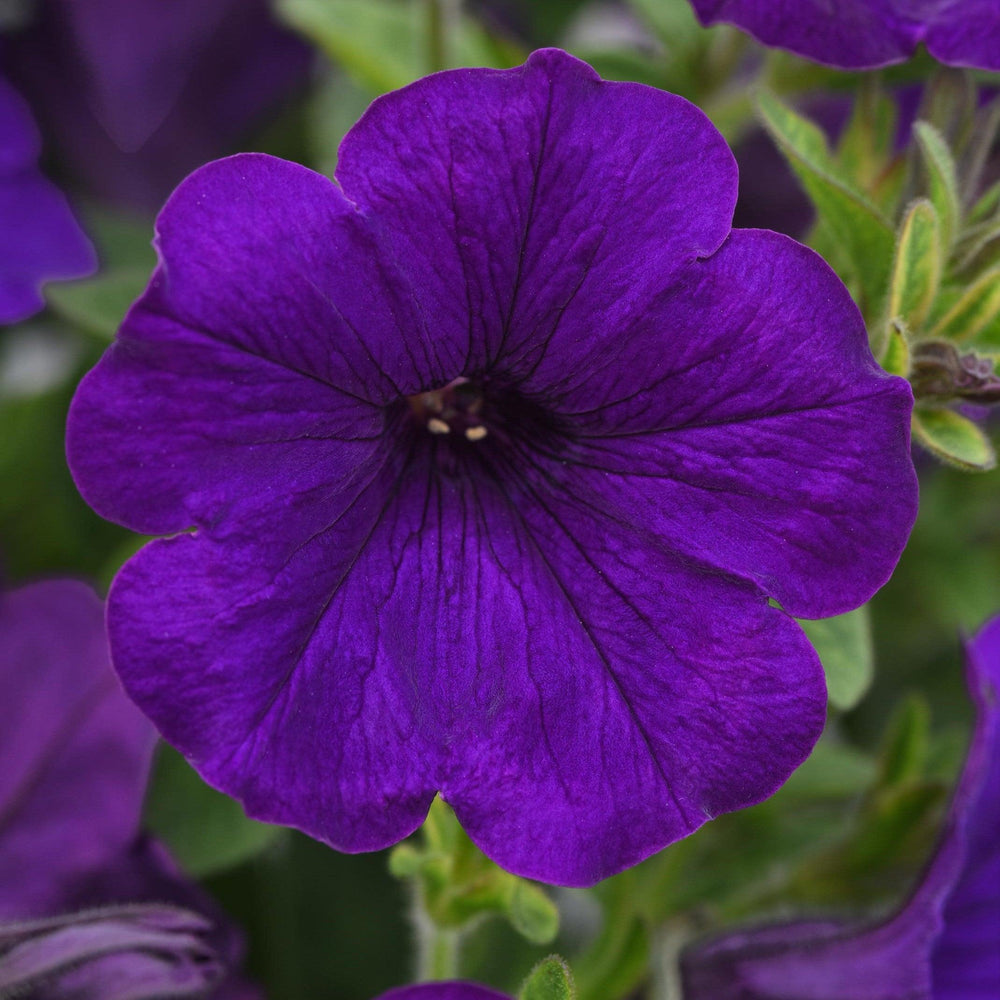Understanding Soil for a Thriving Garden
Have you ever wondered why some plants thrive while others struggle in your garden? Gardening success often begins with understanding the soil. Knowing your soil type is the first step to unlocking the potential of your garden. Let's dig deep into the different soil types, their characteristics, and how to amend so you can create a thriving garden.
Testing Soil with a Soil Testing Kit
Before amending your soil, it's important to know its current condition. A soil test can provide valuable information about the pH level and nutrient content of your soil, which can help you make informed decisions about what amendments are needed. Here's how to test your soil:
- Collect Soil Samples: Take several scoops of soil from different spots in your planting area. Mix them together in a bucket, and remove about a pint of the composite sample for testing.
- Sample Depth: Ensure you sample to a depth of at least 8 inches, as soil can vary significantly from one spot to another.
- Test for pH and Nutrients: Most ornamental plants prefer a pH in the range of 5.2 to 6.5. Use a soil testing kit to determine the pH and nutrient levels. If you need to adjust the pH, dolomite lime can raise it, while wettable sulfur or ammonium sulfate can lower it.
- Follow Recommendations: Apply lime, sulfur, or other soil amendments only as needed based on the test results to avoid nutrient deficiencies.
- Consider Organic Matter: Organic amendments like compost improve soil structure and add beneficial microorganisms. Inorganic amendments like coarse sand can improve drainage.
- Test Before Planting: It's best to test your soil two to three weeks before planting. If you're working with new soil or have recently graded your site, wait until all soil is in place before testing. The testing can be done with a DIY testing kit, or professionally.
- Use Professional Testing Services: For a more comprehensive analysis, consider using soil testing services available through county Extension offices. They can provide detailed recommendations for your specific soil conditions.
By testing your soil, you can tailor your gardening practices to meet the exact needs of your plants, ensuring a healthier and more vibrant garden.

Soil Types And Amending
Clay Soil
- Characteristics: Heavy, sticky when wet, and hard when dry. It holds nutrients well but has poor drainage.
- Amending Clay Soil: Incorporate organic matter like compost or aged manure to improve drainage and aeration.
- Plants for Clay Soil:
- Daylilies: Hardy and adaptable, they can handle the dense structure of clay.
- Coneflowers: Their deep roots can break through heavy soils and they add a splash of color.
Sandy Soil
- Characteristics: Light, dry, and well-draining. It warms up quickly in spring but doesn't hold nutrients well.
- Amending Sandy Soil: Add organic matter such as peat moss or compost to increase water and nutrient retention.
- Plants for Sandy Soil:
- Lavender: Thrives in well-draining conditions and adds fragrance to your garden.
- Sedum: Drought-tolerant and perfect for sandy soils with low fertility.
Loamy Soil
- Characteristics: A balanced mix of sand, silt, and clay. It's fertile, well-draining, and retains moisture.
- Amending Loamy Soil: Generally, loamy soil is ideal, but annual addition of compost will maintain its richness.
- Plants for Loamy Soil:
- Black-eyed Susans: They love the fertility of loamy soil and provide bright, cheerful blooms.
- Shasta Daisies: Classic and easy to grow, they thrive in this well-balanced soil.
Peaty Soil
- Characteristics: Dark, damp, and rich in organic matter. It retains a lot of moisture and is acidic.
- Amending Peaty Soil: To improve drainage and reduce acidity, add lime and sand.
- Plants for Peaty Soil:
- Camellias: They prefer acidic conditions and will thrive in the moisture-retentive peaty soil.
- Rhododendrons: Another acid-loving plant that will benefit from the characteristics of peaty soil.
Chalky Soil
- Characteristics: Alkaline with a high pH due to the limestone or chalk it's derived from. It can be poor in nutrients.
- Amending Chalky Soil: Add humus-rich materials like compost and manure to improve fertility.
- Plants for Chalky Soil:
- Lilacs: They prefer the alkaline conditions of chalky soils and will reward you with fragrant blooms.
- Pinks (Dianthus): These plants are well-suited to the alkalinity and drainage of chalky soils.
Silt Soil
- Characteristics: Fine and smooth to the touch, it holds moisture and is more fertile than sand.
- Amending Silt Soil: Mix in organic matter to improve structure and nutrient content.
- Plants for Silt Soil:
- Japanese Iris: They enjoy the moisture retention of silt soil and will provide elegant flowers.
- Weeping Willows: These trees are ideal for silt soils, especially in damp locations.
By understanding your garden's soil type and how to amend it, you can create a thriving environment for a variety of plants. ServeScape offers a range of plants that can suit each soil type, ensuring your garden is not only beautiful but also healthy and sustainable. Remember, a little effort in soil preparation can lead to a lush and vibrant garden all year round.

Amending Soil pH for Optimal Plant Health
Understanding and adjusting your soil's pH is essential for the health of your garden. Here's how to amend soil pH and some ServeScape plants that thrive at different pH levels:
Lowering Soil pH (For Acidic Soil Lovers)
- Use Sulfur: To lower the pH of your soil, making it more acidic, you can apply elemental sulfur or aluminum sulfate.
- Organic Materials: Incorporating organic materials like pine needles, peat moss, or sawdust can also help to acidify your soil over time.
- Plants for Acidic Soil:
- Rhododendron ‘Roblez’ ~ Encore® Autumn Fire™ Azalea: Prefers a pH between 5.0 and 6.0.
- Camellias: Enjoy slightly acidic to neutral soil, thriving in a pH range of 5.5 to 6.5.
Raising Soil pH (For Alkaline Soil Lovers)
- Use Lime: To increase the pH of your soil, making it more alkaline, you can add dolomitic lime, which contains calcium and magnesium.
- Organic Compost: Well-decomposed compost can slightly raise the pH and improve soil structure.
- Plants for Alkaline Soil:
- Lilacs: They perform well in soil with a higher pH, closer to neutral or slightly alkaline.
- Pinks (Dianthus): Adapt well to neutral to slightly alkaline soils.
Neutral pH Plants
- Balanced Approach: If your soil is already near neutral (pH 7), you may not need to adjust the pH much. Instead, focus on maintaining soil health with regular additions of organic matter.
- Plants for Neutral Soil:
- Black-eyed Susans: Versatile and can thrive in a wide pH range but prefer nearly neutral soil.
- Shasta Daisies: Do well in neutral soil and are easy to care for.
Remember, the pH level of a soil can be determined from a soil analysis, and optimum growth occurs when the soil pH is within a specific range for the crop in question. Most ornamental plants prefer a pH in the range of 5.2 to 6.5. Adjusting soil pH takes time and should be done gradually, monitoring changes with regular soil testing.

